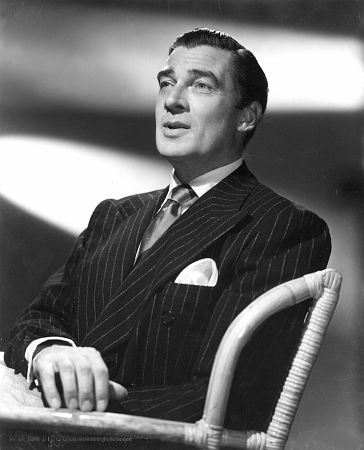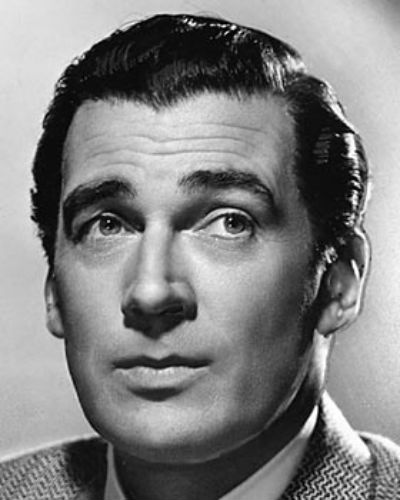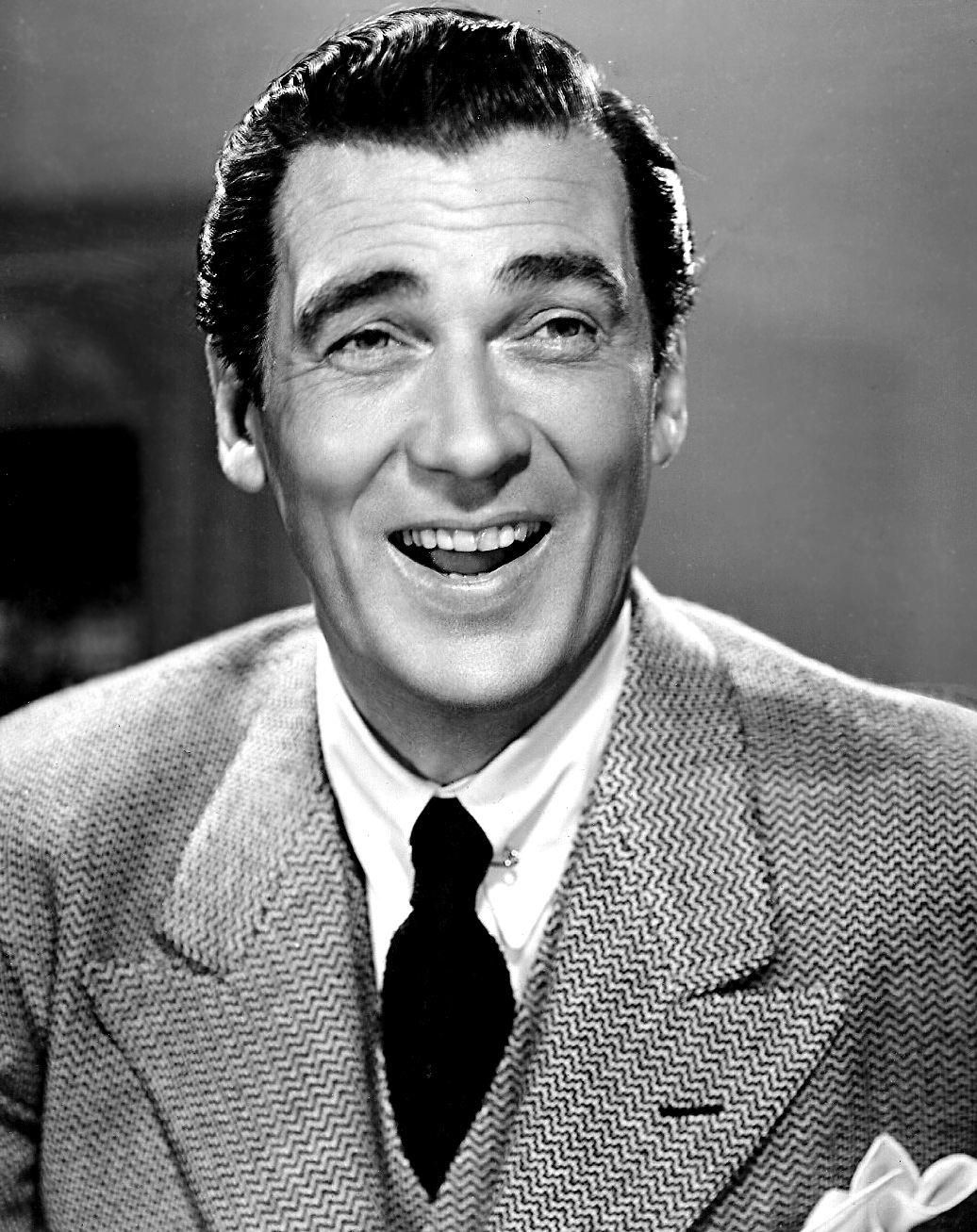Walter Pidgeon (Walter Davis Pidgeon)

Born in Saint John, New Brunswick, Canada, Walter Pidgeon was the son of Hannah (née Sanborn), a housewife, and Caleb Burpee Pidgeon, a haberdasher. His brother, Larry, was an editorial writer for the Santa Barbara News-Press. Walter Pidgeon attended local schools and the University of New Brunswick, where he studied law and drama. His university education was interrupted by World War I, and he enlisted in the 65th Battery, Royal Canadian Field Artillery. He never saw action, however, as he was severely injured in an accident when he was crushed between two gun carriages and spent seventeen months in a military hospital. Following the war, he moved to Boston, Massachusetts, where he worked as a bank runner, at the same time studying voice at the New England Conservatory of Music. Discontented with banking, Walter Pidgeon moved to New York City, where he walked into the office of E.E. Clive, announced that he could act and sing and could prove it. After acting on stage for several years, he made his Broadway debut in 1925. Pidgeon made a number of silent films in the 1920s. He became a huge star with the arrival of talkies, thanks to his singing voice. He starred in extravagant early Technicolor musicals, including The Bride of the Regiment (1930), Sweet Kitty Bellairs (1930), Viennese Nights (1930) and Kiss Me Again (1931). He became associated with musicals, and when the public grew weary of them his career began to falter. In 1935 he took a break from Hollywood and did a stint on Broadway, appearing in the plays Something Gay, Night of January 16th, and There’s Wisdom in Women. When he returned to movies, he was relegated to playing secondary roles in films like Saratoga and The Girl of the Golden West. One of his better known roles was in The Dark Command, where he portrayed the villain (loosely based on American Civil War guerrilla William C. Quantrill) opposite John Wayne, Claire Trevor, and a young Roy Rogers.
It was not until he starred in the Academy Award-winning Best Picture How Green Was My Valley (1941) that his popularity returned. He then starred opposite Greer Garson in Blossoms in the Dust (1941), Mrs. Miniver (1942) (for which he was nominated for the Academy Award for Best Actor) and its sequel, The Miniver Story in 1950. He was also nominated in 1944 for Madame Curie, again opposite Garson. His partnership with her continued throughout the 1940s and into the 1950s with Mrs. Parkington (1944), Julia Misbehaves (1948), That Forsyte Woman (1949), and finally Scandal at Scourie (1953). He also starred as Chip Collyer in the comedy Week-End at the Waldorf (1945) and later as Colonel Michael S. ‘Hooky’ Nicobar, who is given the difficult task of repatriating Russians in post-World War II Vienna in the drama film The Red Danube (1949). Although he continued to make films, including The Bad and the Beautiful and Forbidden Planet, Pidgeon returned to work on Broadway in the mid-1950s after a 20-year absence. He was featured in Take Me Along with Jackie Gleason and received a Tony Award nomination for the musical play. In 1962, he portrayed General Augustus Perry in the episode “The Reunion” on CBS’s Rawhide. He continued making films, playing Admiral Harriman Nelson in 1961’s Voyage to the Bottom of the Sea, James Haggin in Walt Disney’s Big Red (1962), and the Senate Majority Leader in Otto Preminger’s Advise & Consent. His role as Florenz Ziegfeld in Funny Girl (1968) was well received. Later, he played Casey, James Coburn’s sidekick, in Harry in Your Pocket (1973).
Pidgeon guest-starred in the episode “King of the Valley” (November 26, 1959) of CBS’s Dick Powell’s Zane Grey Theater. Pidgeon plays Dave King, a prosperous rancher who quarrels with his banker over a $10,000 loan. When the banker dies of a heart attack on the job after a confrontation with King, it is discovered that the bank is missing $50,000. Leora Dana plays Anne Coleman, the banker’s widow and the rancher’s former paramour. The banker lost the funds with a bad investment, but the irate and uninformed townspeople are blaming King. His other television credits included Breaking Point, The F.B.I., Marcus Welby, M.D., and Gibbsville. In 1963 he guest starred as corporate attorney Sherman Hatfield in the fourth of four special episodes of Perry Mason while Raymond Burr was recovering from surgery. Pidgeon was active in the Screen Actors Guild (SAG), and served as president from 1952-57. He tried to stop the production of Salt of the Earth, which was made by a team that had been blacklisted during the Red Scare. Pidgeon retired from acting in 1978. Walter Pidgeon became a United States citizen on December 24, 1943. He died on September 25, 1984 in Santa Monica, California two days after his 87th birthday, following a series of strokes.
Born
- September, 23, 1897
- Canada
- Saint John, New Brunswick
Died
- September, 25, 1984
- USA
- Santa Monica, California
Cause of Death
- stroke
Other
- body donated to medical science



